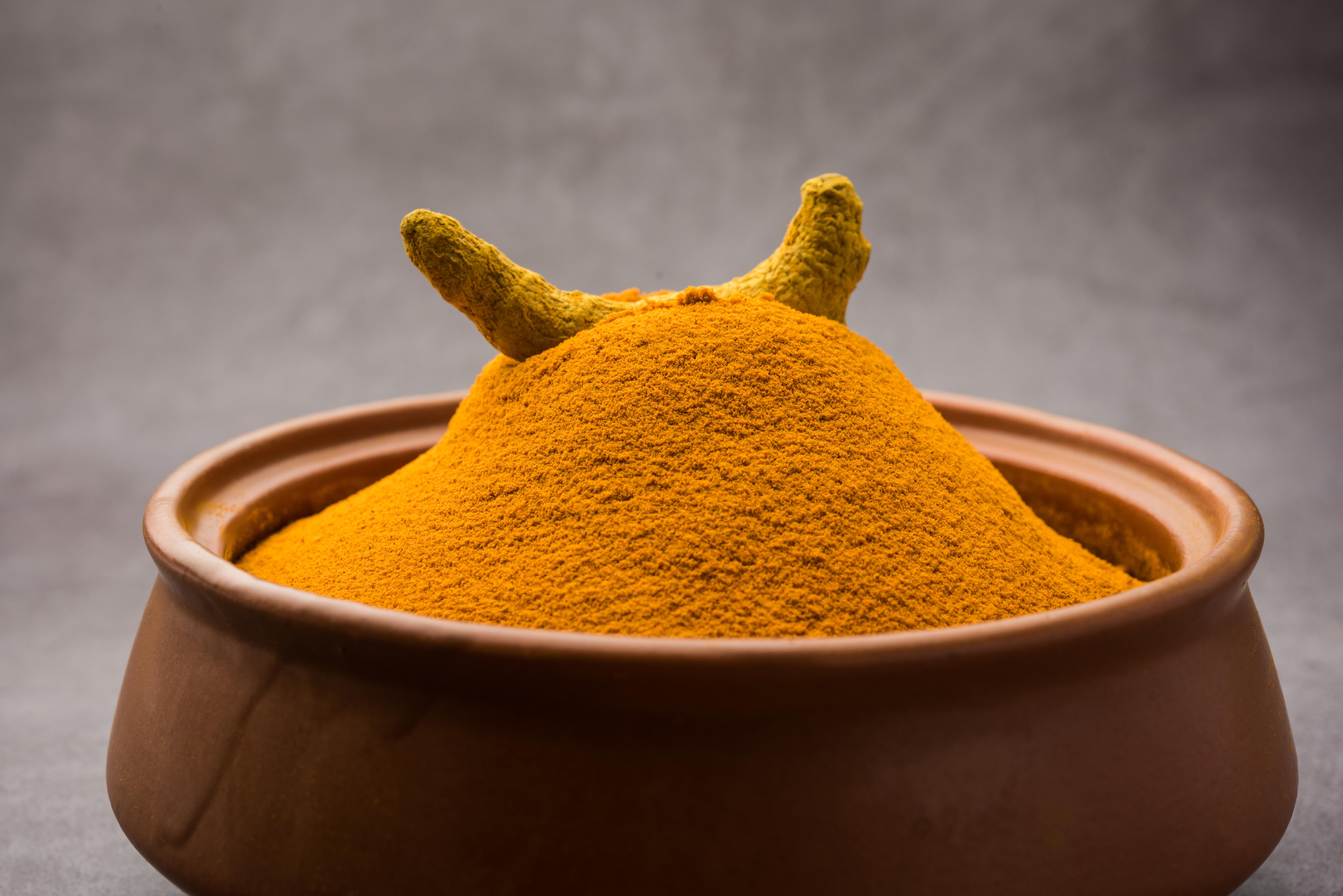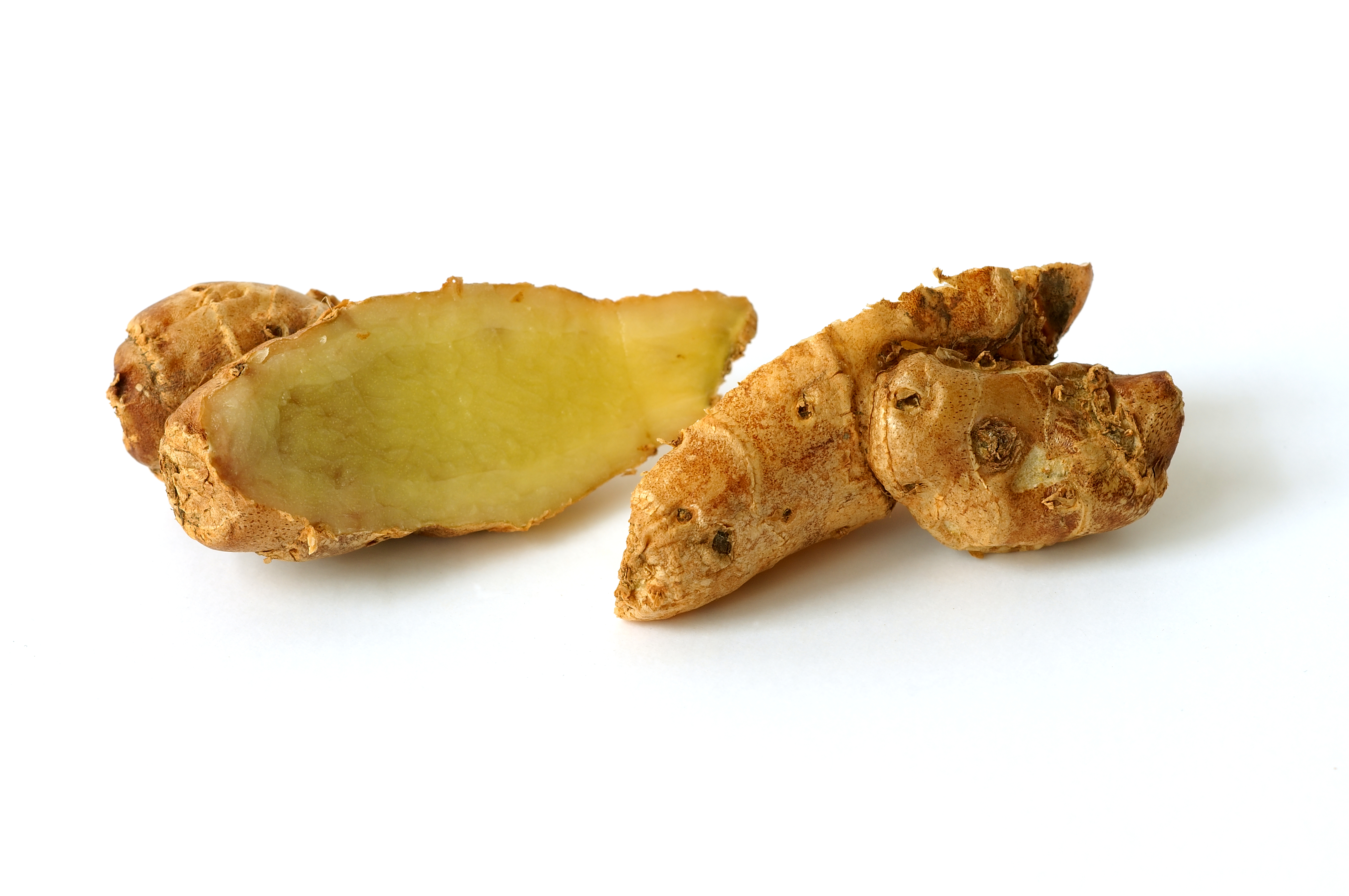The Best Anti-Inflammatory Spices to Add to Your Daily Meals
52. Mango Ginger (Amba Haldi): The Anti-Inflammatory Twin

Mango ginger looks like turmeric, tastes faintly of mango, and acts like a botanical hybrid of the two. Found in Ayurvedic and Southeast Asian medicine, it’s known for its cooling anti-inflammatory properties—especially useful for treating skin irritation, joint inflammation, and digestive upset. Unlike turmeric, mango ginger doesn’t stain and has a milder flavor, making it versatile in both culinary and medicinal contexts. How to Use It: Grate into pickles, stir into teas, or add to chutneys and yogurt-based dips. It’s a bright, gentle powerhouse wrapped in golden disguise.
53. Galangal (Alpinia galanga): The Pinene-Rich Joint Soother

Galangal is a tropical rhizome closely related to ginger and turmeric, but it boasts a sharper, more piney flavor profile due to its high concentration of monoterpenes like alpha-pinene. Pinene is a powerful anti-inflammatory and antiseptic compound that has been traditionally used to relieve joint pain and respiratory congestion. Unlike the gentle warmth of ginger, galangal offers a robust, almost bracing heat that signals immediate circulatory stimulation. Used extensively in Southeast Asian cuisine, slicing fresh galangal into soups (like Tom Kha) or curry pastes provides a strong, medicinal flavor that actively works to soothe gut and joint inflammation.
